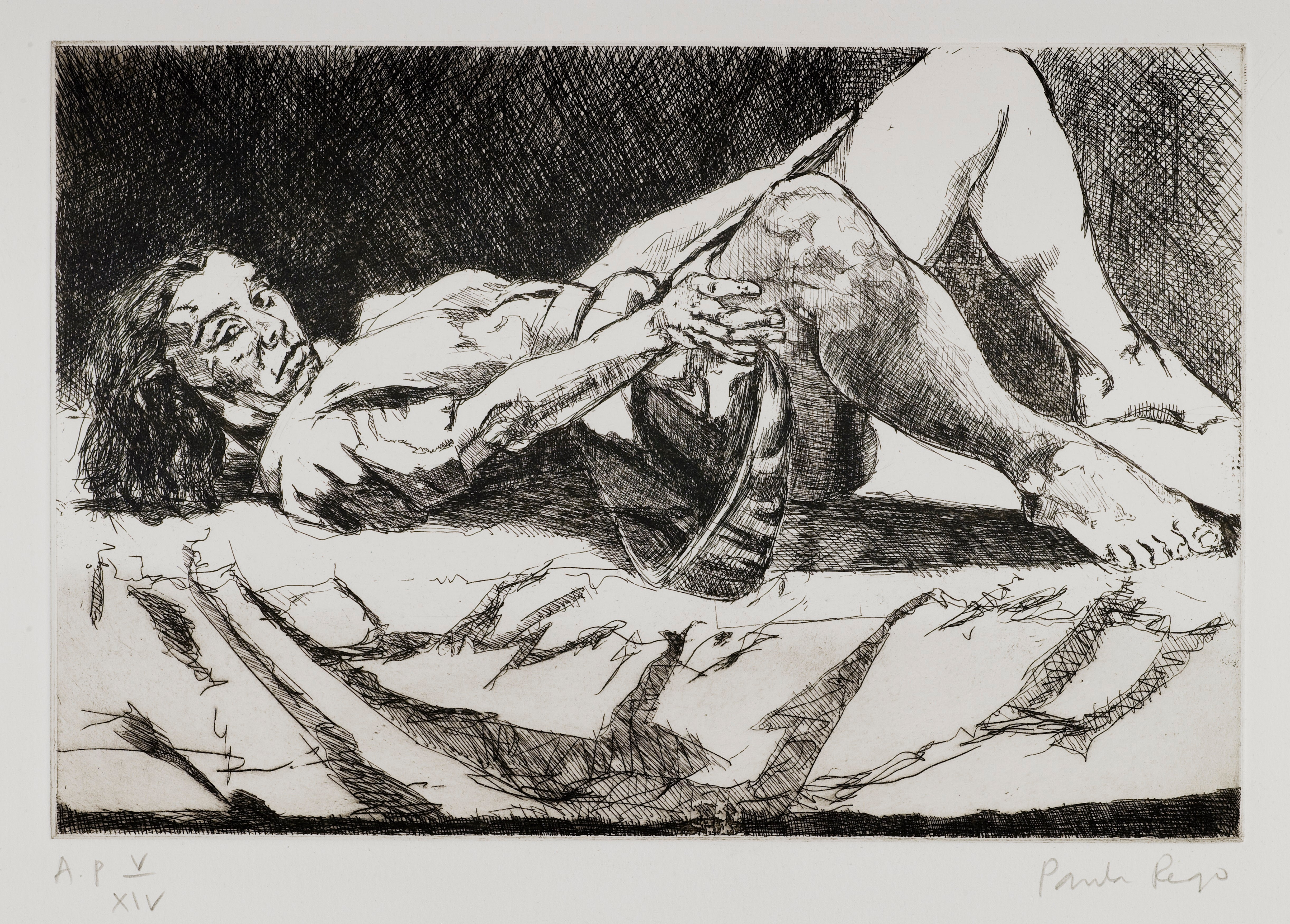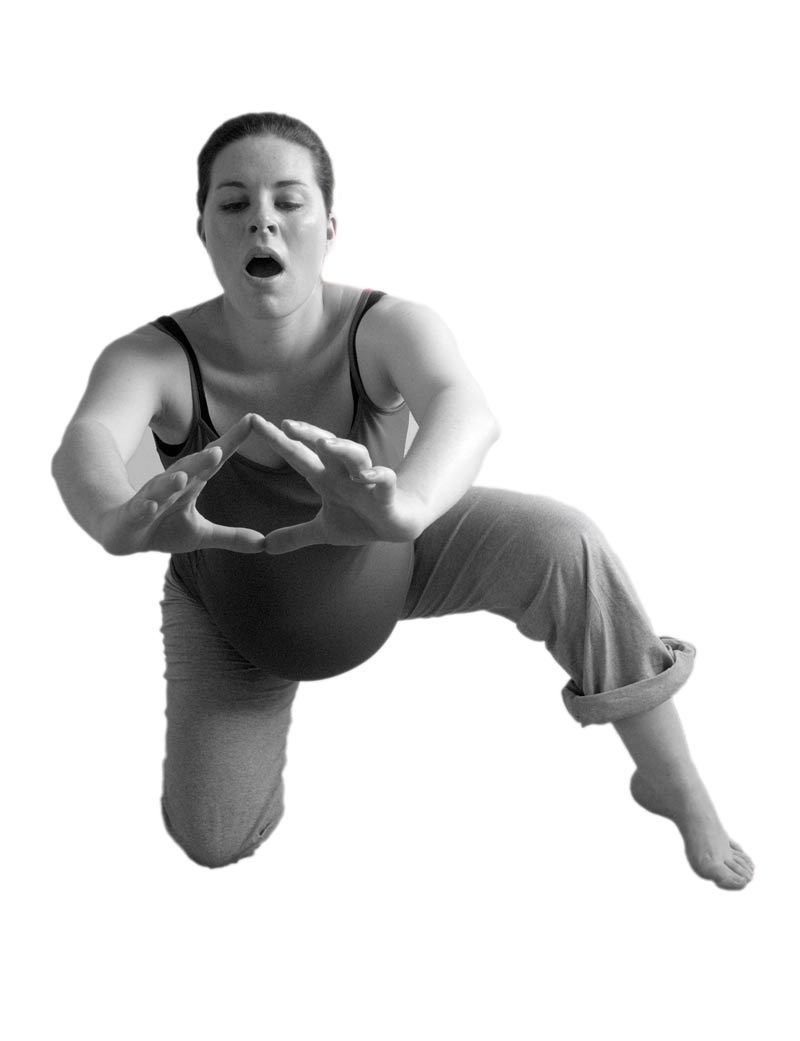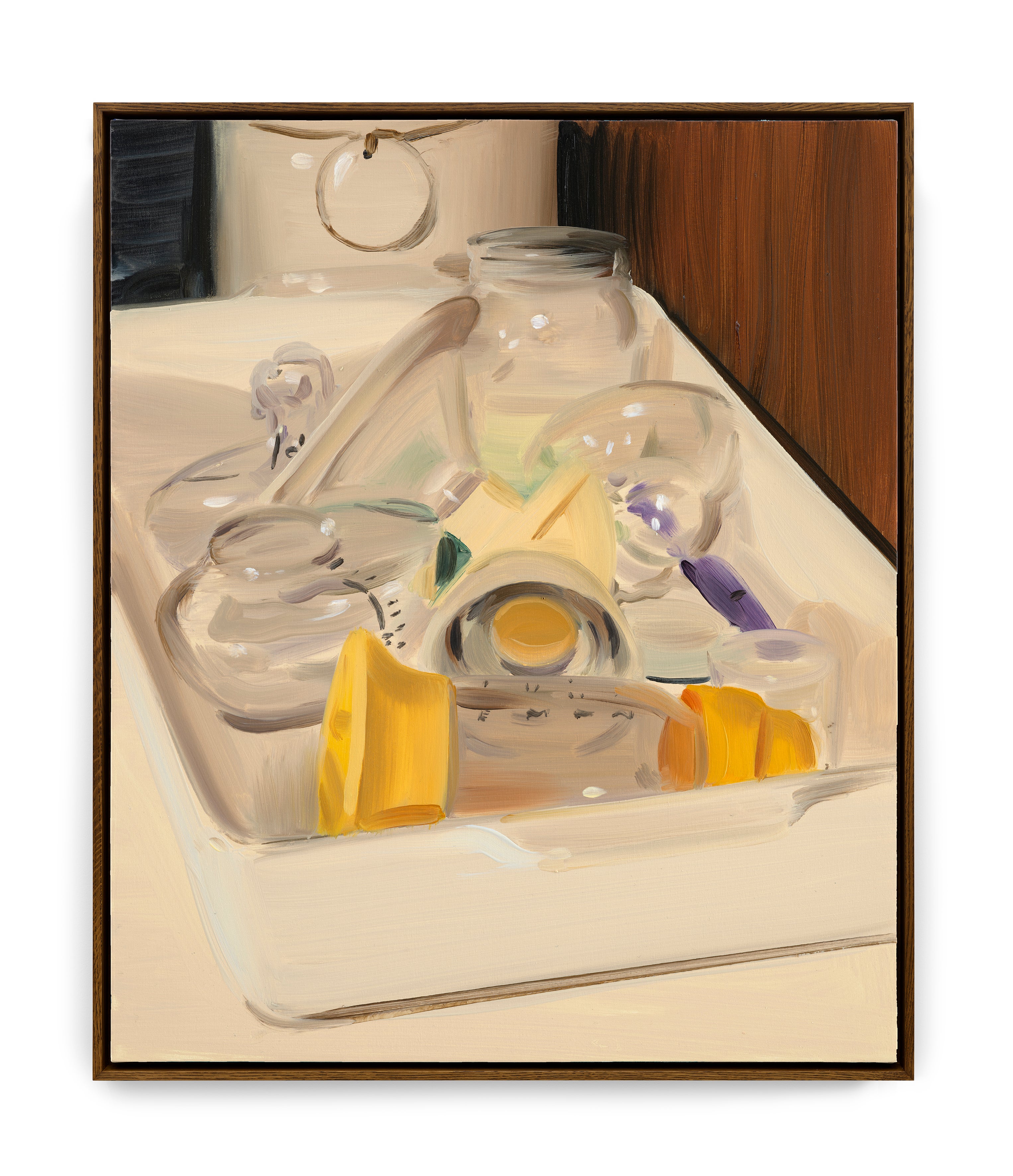The women breaking down art’s final taboo: motherhood
Can you be a great artist and a mother? This is the question being posed by a new exhibition exploring art and motherhood. Chloe Ashby talks to the stars of ‘Acts of Creation’ who are making work about the maternal gaze, showing parents that it’s not just about ‘doing it all’, you can ‘paint it all’ too...

When British artist Catherine Elwes had a baby in 1983, she soon discovered she was expected to keep her motherhood hidden. Nowhere in Oxford would permit her to publicly breastfeed; no cafe, cinema or restaurant. Oddly enough, the one place that allowed it was a gallery. But at the same time, if she walked into any newsagent and looked up at the top shelf, she would find plenty of bare breasts in Penthouse, Playboy and other magazines. “That was the only sanctioned form of exposure of the female breast, for the pleasure of male sexual desire, not in its biological mode,” she tells me. “So, I decided to make an image of lactation that avoids both.”
There is a Myth (1984), which captures a suckling baby off-camera and stars, instead, the breast not being fed on, receiving tiny punches from a tiny hand, droplets of milk flowing from the nipple, is one of more than 100 works included in Acts of Creation. Opening at the Arnolfini in Bristol this weekend before touring to Birmingham, Sheffield and Dundee, the exhibition explores the pleasures, pains, hopes and anxieties of motherhood, and brings together artists making work during the past 60 years.
“The show came out of a study I did on artist mothers in 2019,” says the curator Hettie Judah, who’s also an art critic and author, and co-founder of the Art Working Parents Alliance. “It became evident that there was this huge taboo around art that looked at motherhood, which was seen as an unspeakable subject, and that the artist mother as a cultural paradigm wasn’t visible. So, the exhibition was conceived to address these two things: to suggest that motherhood can be a great subject for art, and to show that lots of people are parents and artists, that it’s not impossible.”
Which isn’t to say it’s easy. “I think you can experience it as a catastrophic infringement on your hard-won liberty and autonomy,” says Elwes, who decided that the juggle would be more doable with just the one child. “At the same time, it’s a wondrous moment of creative efflorescence.” Seeing no reason why having her son should mean giving up being an artist, and rejecting the assumption that art about babies is too sentimental and too domestic, she looked for ways to involve him in her practice. For seven years he featured in her art: another video work made in 1984 represents the worry and wonder wrapped up in the maternal gaze via eight minutes of footage of her baby boy dozing.
For others, keeping art and family life separate is key. When Hermione Wiltshire, who’s now 60, had her first child in her late thirties, she decided to all but stop working. “I was determined to make them the priority and to make them feel as though they were my priority,” she says, reflecting. “I also felt, when they were very little, that I was frightened of my work not quite hurting them, but… I’ve always been drawn towards ambivalence in my art, I’ve refused the judgement of good and bad, and I felt I had to protect them from that.”
She never ceased making art altogether, though, and as her daughters grew up she took on a handful of commissions related to motherhood, including Preparing for Birth (2008). Originally created for the Birth Rites Collection, the world’s first assemblage of contemporary art on childbirth, the photographs show heavily pregnant women preparing for labour using visualisation and breathwork. “I’d spent time with health professionals at the classic National Childbirth Trust classes, and then with the doula and yoga teacher, Kathleen Beegan, whose classes informed the series,” she says. Challenging conventional representations of birth, Wiltshire sought to shift away from the government-endorsed medical gaze and focus instead on the politically important work being done by Beegan and others to encourage women to have agency.
A key part of Judah’s aim with Acts of Creation is to look beyond pregnancy and birth to what she calls maintenance – “all the ongoing care, the sticky stuff, that happens in the following 18 years”. Wiltshire isn’t alone in choosing to take time off to raise her children, and yet plenty of artist mothers feel that if they don’t take up an opportunity when it’s offered, it won’t present itself again. “There’s no mechanism to assist people coming back into the art world once they’re in their 40s or 50s or even 60s,” adds Judah, who refers to the number of prizes and residencies (“stepping stones by which people establish themselves in the art world”) with an age limit. “Which means the temptation to keep going around the clock is hard to resist. It can be quite terrifying.”

The New York-based artist Lea Cetera distils that fear into You Can’t Have it All (2022), an elegant sculpture that sees rosy grains of sand flow between two blown-glass models of the uterus, ovaries and fallopian tubes. She made it when she was 39, and feeling the weight of expectation from society. “There’s an element of choice now, but with options comes added pressure – ultimately, we’re told we either better be good housewives or freeze our damn eggs,” she says. Cetera took the hourglass – an ancient form of measuring the passage of time – and used it to create her very own biological clock. As for the title: “There’s a fear instilled in us that we can’t have a career and children, which of course we can, but I’m interested in the borders between the two.”
Cetera isn’t the only artist in the show who isn’t a mother. Judah’s interest is in talking about motherhood in an expanded sense, which means that anybody who’s had to contemplate whether or not they want to be a parent, or how to balance a creative life with the demands of conceiving, pregnancy or caring, is a part of the conversation. Take Tracy Emin, whom she points out has spent decades mulling over a botched abortion, and gone backwards and forwards on her decision to have children. “I’m definitely not just talking about biological motherhood or motherhood that’s realised – it’s important to bring into this the women who choose not to have children or who experience infertility.”
Ultimately, we’re told we either better be good housewives or freeze our damn eggs
Jessa Fairbrother is one such woman. She’s also, fittingly, the child of artist parents. Included in the exhibition is Role Play (Woman with Cushion) (2017), a powerful set of photographs that shows the artist with a cushion pushed up her dress. She’d toyed with the idea before while caring for her mother, then revisited it after her death when she discovered two pictures her father had taken of her mother while she was pregnant. At the time, Fairbrother was undergoing fertility treatment, which wasn’t working, and so the cushion, which swells and shrinks like a belly, stands for her longed-for child.
“I think one of the hardest things is that women are often occupied in the pursuit of trying to have children, then if they don’t, there’s no conclusion,” she tells me from her studio in Bristol. “And how do you represent the fact that these things happened – infertility and miscarriage – when there’s just a space and no physical object?” The 56 panels of Role Play are stitched into a quilt, which evokes the feeling of a body being held. For Fairbrother, the use of a needle is fundamental, too. “It’s about representing the ache and the hole that we feel, the thing that pricks and wounds us,” she says. “So much of my art is just perforation.”

Like Elwes and Wiltshire and Cetera, Fairbrother hopes to make the culturally invisible visible. And thanks to the easing of market and curatorial resistance, it’s true that motherhood, in general, is becoming less taboo. According to Judah, there have been a few hugely successful artists who have engaged with the subject in recent years – Tala Madani, Camille Henrot and Caroline Walker, all of whom are in the exhibition – and that’s led to us seeing depictions that are real and raw as opposed to mythic and non-biological.
But art about being an almost-mother remains out of sight, which is why it means so much to Fairbrother to be in the show. “To be included when I’m not the birthing body, to contribute to the conversation and make a difference, to have something valuable to say that makes meaning beyond me, is a gift,” she says. “It’s a creative act.”
‘Acts of Creation’ is at Arnolfini, Bristol until 26 May, before touring to Birmingham, Sheffield and Dundee






Join our commenting forum
Join thought-provoking conversations, follow other Independent readers and see their replies
Comments